Architecture, Theater, and Fantasy
Bibiena Drawings from the Jules Fisher Collection
THE MORGAN LIBRARY & MUSEUM
May 28 through September 12, 2021
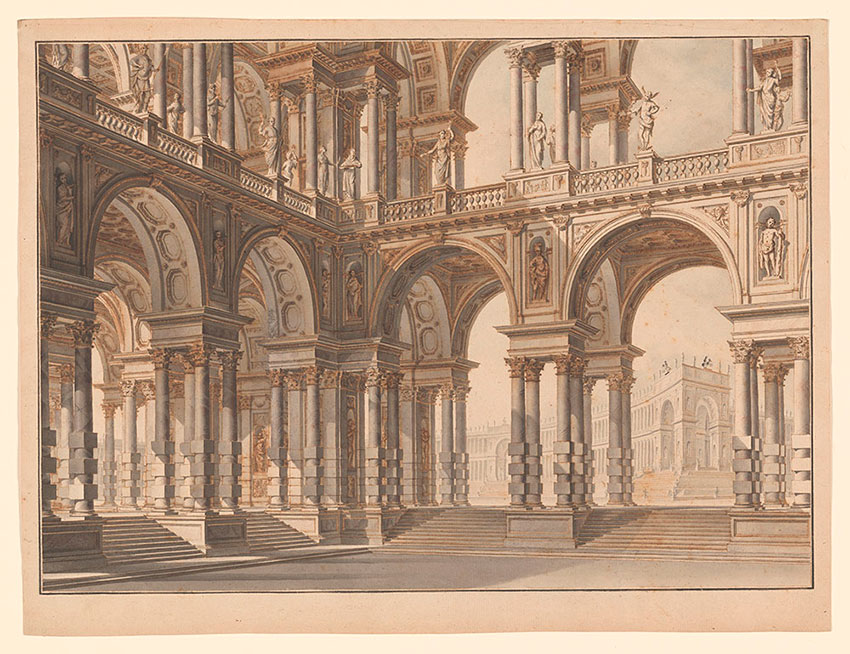 Giuseppe Galli Bibiena. Courtyard of a Princely Palace, ca. 1719. Pen and brown ink, gray wash, and blue watercolor; 349 × 457 mm. Promised Gift of Jules Fisher, digital images courtesy of The Morgan Library & Museum, photography by Janny Chiu.
Giuseppe Galli Bibiena. Courtyard of a Princely Palace, ca. 1719. Pen and brown ink, gray wash, and blue watercolor; 349 × 457 mm. Promised Gift of Jules Fisher, digital images courtesy of The Morgan Library & Museum, photography by Janny Chiu.
Bibiena invents a revolutionary point of view
Many demonstrate the family’s signature invention: the scena per angolo, or “scene viewed at an angle.” Replacing the static symmetry of earlier theater designs, the scena per angolo used multiple vanishing points to imagine sets of unprecedented monumentality, with a complexity of space never previously seen on the stage.
 Giuseppe Galli Bibiena. Courtyard of a Palace, a Design for the Stage, ca. 1710–20. Pen and brown ink, gray wash, and blue watercolor, over graphite; 308 × 210 mm. Promised Gift of Jules Fisher, digital images courtesy of The Morgan Library & Museum, photography by Janny Chiu.
Giuseppe Galli Bibiena. Courtyard of a Palace, a Design for the Stage, ca. 1710–20. Pen and brown ink, gray wash, and blue watercolor, over graphite; 308 × 210 mm. Promised Gift of Jules Fisher, digital images courtesy of The Morgan Library & Museum, photography by Janny Chiu.
 Ferdinando Galli Bibiena, Operation 67: Per designare le scene vedute per angolo . . . , from L’architettura civile, 1711. Etching and engraving; 360 × 275 mm (plate). The Morgan Library & Museum, New York; PML 76321.
Ferdinando Galli Bibiena, Operation 67: Per designare le scene vedute per angolo . . . , from L’architettura civile, 1711. Etching and engraving; 360 × 275 mm (plate). The Morgan Library & Museum, New York; PML 76321.
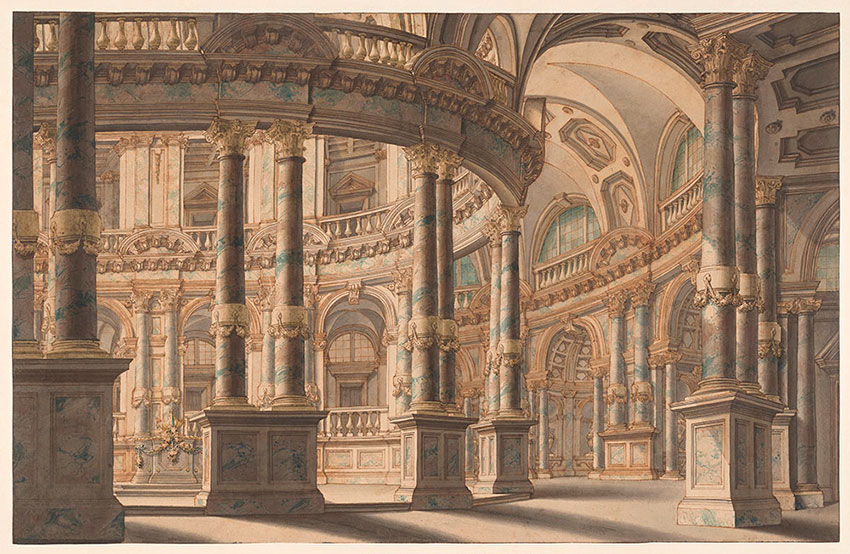 Attributed to Giuseppe Galli Bibiena. Circular Colonnaded Atrium, ca. 1730. Pen and brown ink, gray wash, blue and green watercolor, and white opaque watercolor; 403 × 625 mm. Promised Gift of Jules Fisher, digital images courtesy of The Morgan Library & Museum, photography by Janny Chiu.
Attributed to Giuseppe Galli Bibiena. Circular Colonnaded Atrium, ca. 1730. Pen and brown ink, gray wash, blue and green watercolor, and white opaque watercolor; 403 × 625 mm. Promised Gift of Jules Fisher, digital images courtesy of The Morgan Library & Museum, photography by Janny Chiu.

Carlo Galli Bibiena. A Colonnaded Stage, ca. 1750. Pen and brown and black ink and gray wash; 277 x 397 mm. Promised Gift of Jules Fisher, digital images courtesy of The Morgan Library & Museum, photography by Janny Chiu.
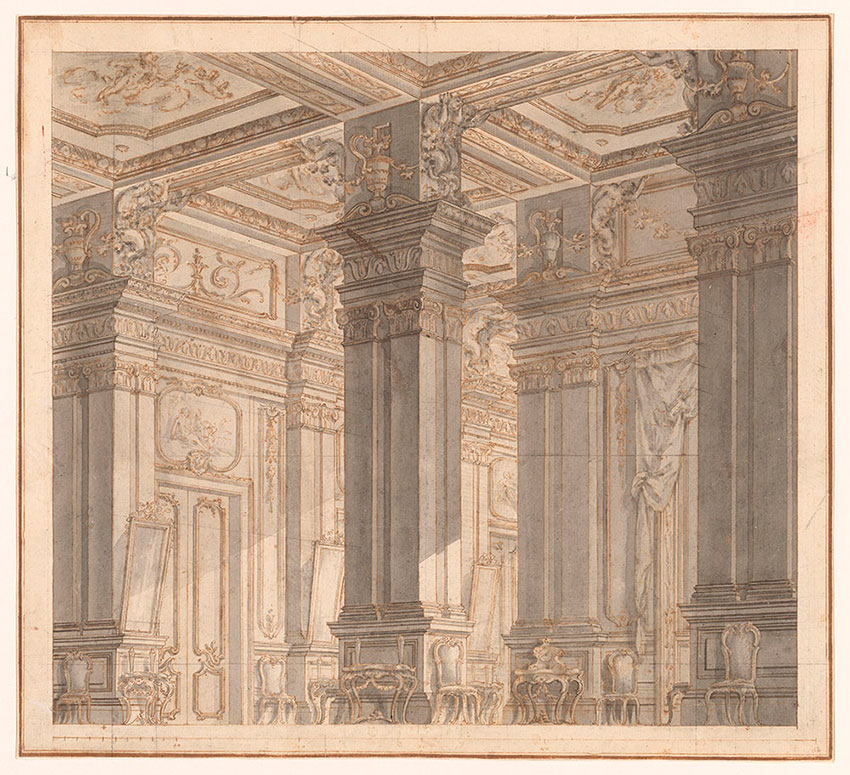 Carlo Galli Bibiena. Palace Interior with Tritons and Mirrored Gallery, a Design for the Stage, ca. 1745–50. Pen and brown ink and gray wash, over black chalk; 346 × 381 mm. The Morgan Library & Museum, Gift of Jules Fisher, inv. 2021.38. Photography by Janny Chiu
Carlo Galli Bibiena. Palace Interior with Tritons and Mirrored Gallery, a Design for the Stage, ca. 1745–50. Pen and brown ink and gray wash, over black chalk; 346 × 381 mm. The Morgan Library & Museum, Gift of Jules Fisher, inv. 2021.38. Photography by Janny Chiu
100 years of success across Europe
For nearly a century, members of three generations of the Bibiena family were the most highly sought theater designers in Europe. Their revolutionary stage designs were used for operas, festivals, and courtly performances across Europe. From their native Italy to cities as far afield as Vienna, Prague, Stockholm, Saint Petersburg, and Lisbon.
 Attributed to Carlo Galli Bibiena. Colonnaded Stage Set, ca. 1750. Pen and brown and black ink with gray wash; 340 × 489 mm. Promised Gift of Jules Fisher, digital images courtesy of The Morgan Library & Museum, photography by Janny Chiu.
Attributed to Carlo Galli Bibiena. Colonnaded Stage Set, ca. 1750. Pen and brown and black ink with gray wash; 340 × 489 mm. Promised Gift of Jules Fisher, digital images courtesy of The Morgan Library & Museum, photography by Janny Chiu.
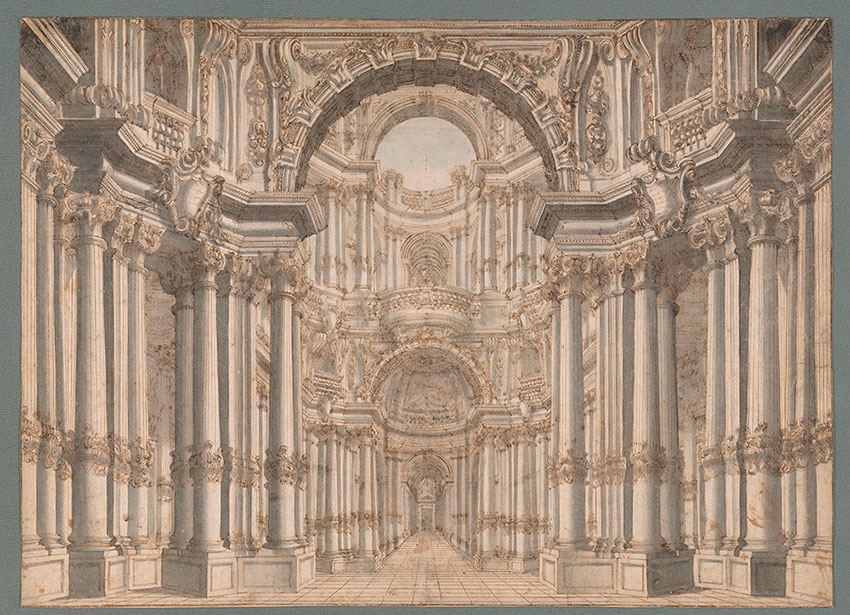 Giuseppe Galli Bibiena. Entryway Leading to a Courtyard and Two Levels of Galleries, a Design for the Stage, ca. 1740–50. Pen and brown ink, gray wash, and blue watercolor, incised; 391 × 539 mm. Promised Gift of Jules Fisher, digital images courtesy of The Morgan Library & Museum, photography by Janny Chiu.
Giuseppe Galli Bibiena. Entryway Leading to a Courtyard and Two Levels of Galleries, a Design for the Stage, ca. 1740–50. Pen and brown ink, gray wash, and blue watercolor, incised; 391 × 539 mm. Promised Gift of Jules Fisher, digital images courtesy of The Morgan Library & Museum, photography by Janny Chiu.
 Francesco Bibiena. Stage Design with Sailing Vessels, ca. 1718. Pen and brown ink and wash, over graphite; 254 x 391 mm. The Morgan Library & Museum, Gift of Jules Fisher, inv. 2021.42. Photography by Janny Chiu.
Francesco Bibiena. Stage Design with Sailing Vessels, ca. 1718. Pen and brown ink and wash, over graphite; 254 x 391 mm. The Morgan Library & Museum, Gift of Jules Fisher, inv. 2021.42. Photography by Janny Chiu.
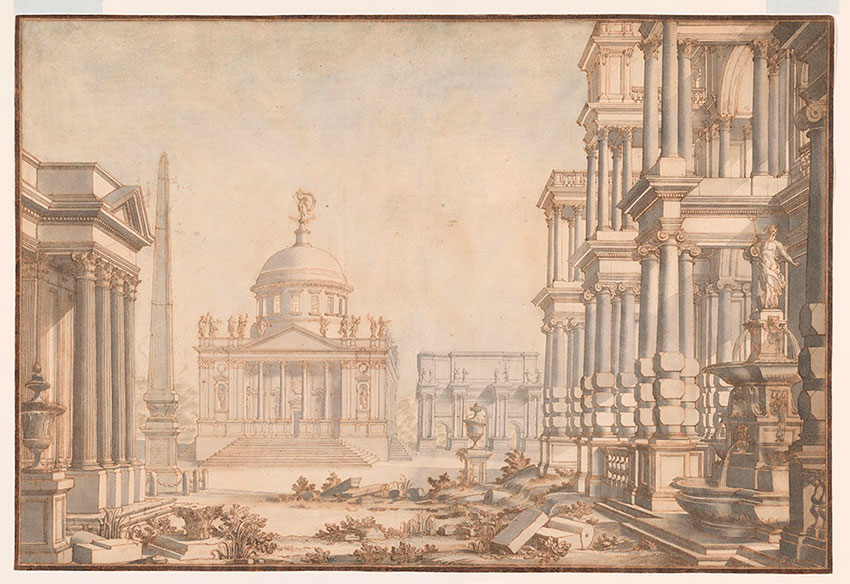 Giuseppe Galli Bibiena, Capriccio of Rome with Triumphal Arch and Neptune Fountain, ca. 1740. Pen and brown ink and gray wash with blue watercolor, over graphite; 448 × 660 mm. Promised Gift of Jules Fisher, digital images courtesy of The Morgan Library & Museum, photography by Janny Chiu.
Giuseppe Galli Bibiena, Capriccio of Rome with Triumphal Arch and Neptune Fountain, ca. 1740. Pen and brown ink and gray wash with blue watercolor, over graphite; 448 × 660 mm. Promised Gift of Jules Fisher, digital images courtesy of The Morgan Library & Museum, photography by Janny Chiu.
Each drawing a work of art and imagination
While some of these productions are recorded in engravings, the Bibiena style survives above all in the family’s extraordinary drawings, which demonstrate the range of their output—from energetic sketches to highly finished watercolors. With representations of imagined palace interiors and lavish illusionistic architecture, this group of drawings highlights the visual splendor of the Baroque stage.
 Studies for a Proscenium Arch, detail
Studies for a Proscenium Arch, detail
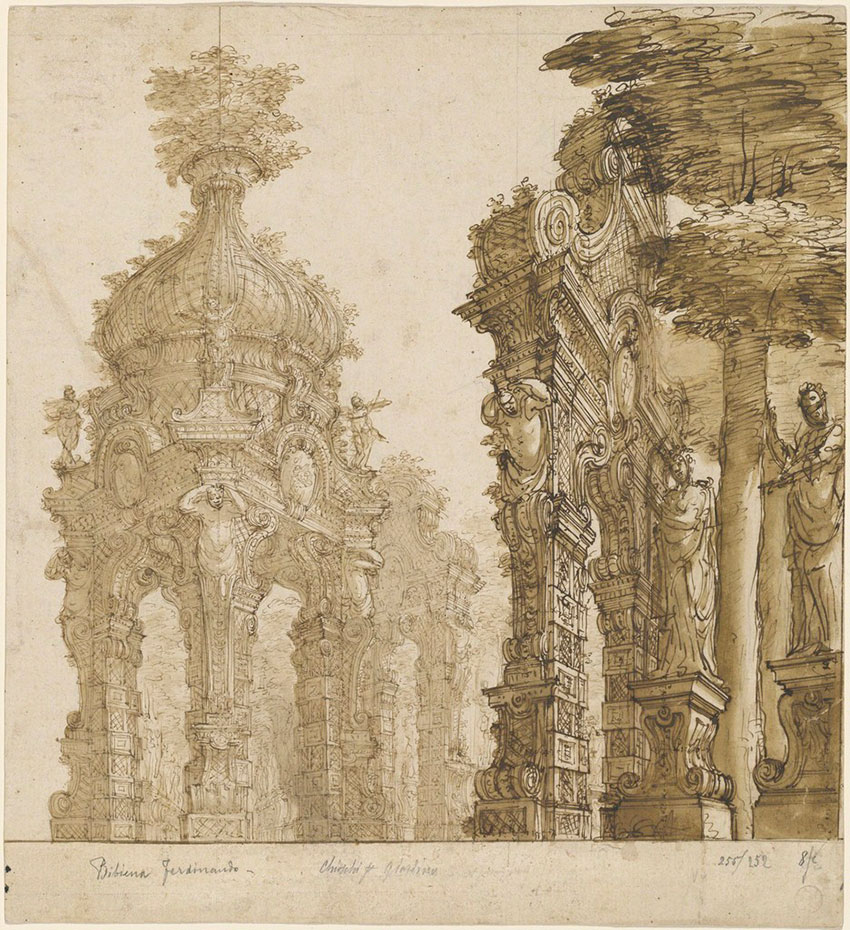 Ferdinando Galli Bibiena, Stage Design of Garden Pavilions, ca. 1711. Pen and brown ink and brown wash, over graphite; 277 × 254 mm. National Gallery of Art, Washington; inv. no. 2007.111.53.
Ferdinando Galli Bibiena, Stage Design of Garden Pavilions, ca. 1711. Pen and brown ink and brown wash, over graphite; 277 × 254 mm. National Gallery of Art, Washington; inv. no. 2007.111.53.
 Ferdinando Galli Bibiena. Left Portion of a Palatial Hall, a Design for the Stage, ca. 1720–30.
Ferdinando Galli Bibiena. Left Portion of a Palatial Hall, a Design for the Stage, ca. 1720–30.
Pen and brown ink and wash, over graphite; 299 × 175 mm. The Morgan Library & Museum, Gift of Jules Fisher, inv. 2021.39. Photography by Janny Chiu
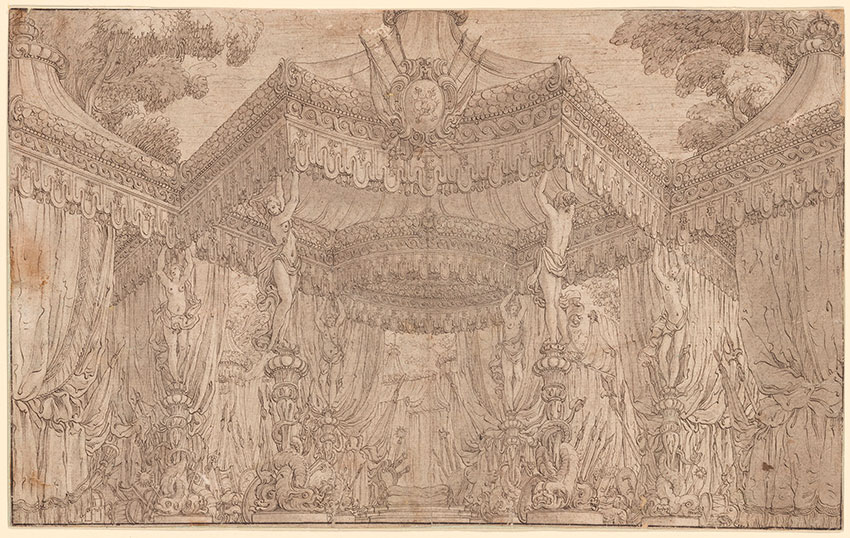 Attributed to Francesco Galli Bibiena, Royal Canopy in a Military Encampment, ca. 1738. Pen and brown ink and wash, over graphite; 227 × 365 mm. The Morgan Library & Museum, New York; inv. no. 1982.75:95.
Attributed to Francesco Galli Bibiena, Royal Canopy in a Military Encampment, ca. 1738. Pen and brown ink and wash, over graphite; 227 × 365 mm. The Morgan Library & Museum, New York; inv. no. 1982.75:95.
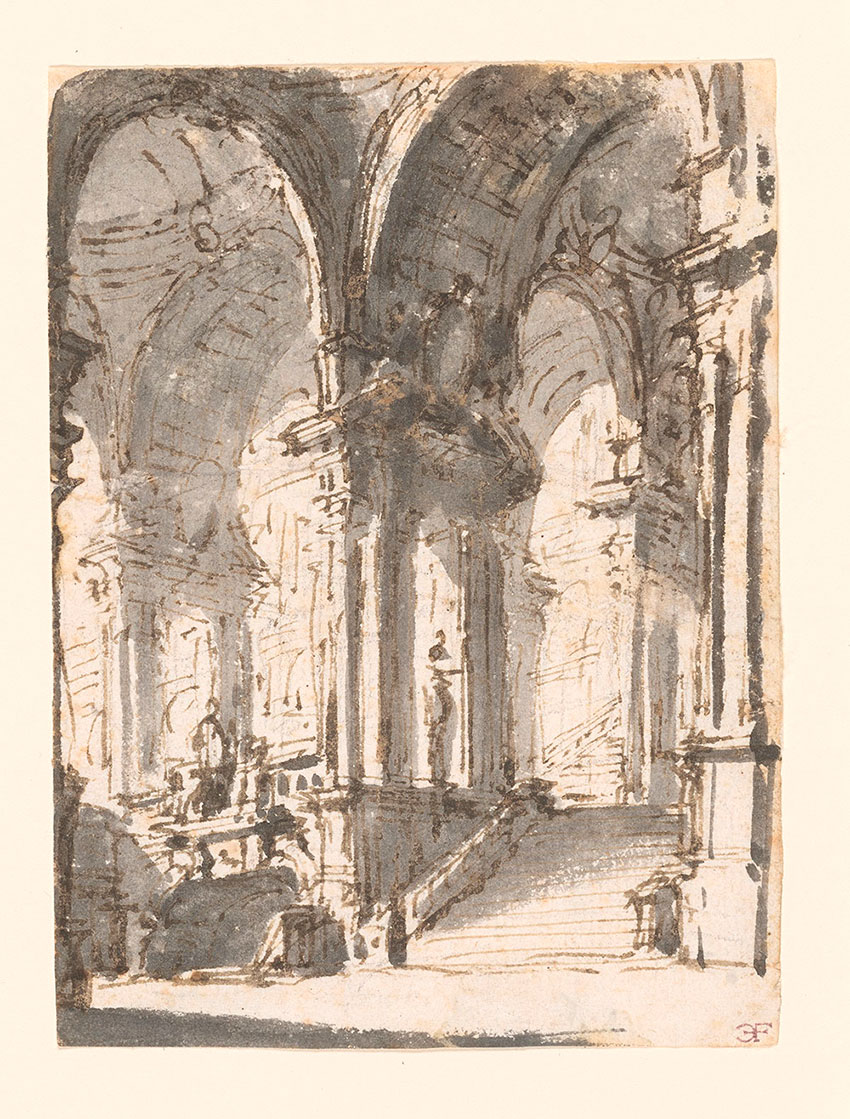 Bibiena workshop. Stage Design: Palace Interior with Stairs to the Right, ca. 1700. Pen and brown ink and gray wash; 115 × 85 mm. The Morgan Library & Museum, Gift of Jules Fisher, inv. 2021.41. Photography by Janny Chiu.
Bibiena workshop. Stage Design: Palace Interior with Stairs to the Right, ca. 1700. Pen and brown ink and gray wash; 115 × 85 mm. The Morgan Library & Museum, Gift of Jules Fisher, inv. 2021.41. Photography by Janny Chiu.
The origins of the family and a dynasty of artists
The Bibiena family of artists traces its origins to Giovanni Maria Galli (1618–1665), who was born in the Tuscan town of Bibbiena but moved to Bologna, where he worked under the painter Francesco Albani. Following a common practice of the time, he came to be known in his adopted city by a toponymic surname, Galli da Bibiena (with “Bibbiena” shortened to “Bibiena”). His children and descendants, though born in Bologna and elsewhere, continued to use “Galli Bibiena,” or simply “Bibiena,” as the family name.
Comment by a Lady in 1716
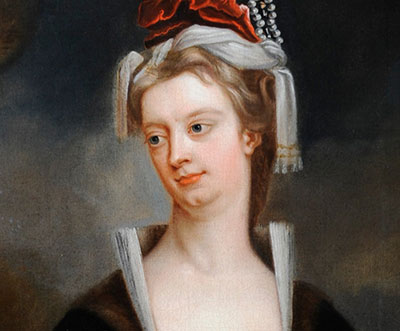 In a letter to Alexander Pope, written from Vienna in September 1716, Lady Mary Wortley Montagu, wife of the British ambassador to the Ottoman Empire, stated, “I have been last Sunday at the opera, which was performed in the garden of the Favorita. Nothing of the kind was ever more magnificent; and I can easily believe what I am told, that the decoration and habits cost the Emperor thirty thousand pounds sterling.”
In a letter to Alexander Pope, written from Vienna in September 1716, Lady Mary Wortley Montagu, wife of the British ambassador to the Ottoman Empire, stated, “I have been last Sunday at the opera, which was performed in the garden of the Favorita. Nothing of the kind was ever more magnificent; and I can easily believe what I am told, that the decoration and habits cost the Emperor thirty thousand pounds sterling.”
A gift from a man of theatre
 Architecture, Theater, and Fantasy celebrates the promised gift to the Morgan of twenty-five drawings by members of the Bibiena family from the collection of Jules Fisher. During a career spanning more than sixty years, Fisher has designed the lighting for over three hundred Broadway and off-Broadway shows, including the original productions of Hair, Jesus Christ Superstar, Chicago, and Angels in America, as well as for films, operas, ballets, concerts, and television. He has been honored with nine Tony Awards, more than any other lighting designer. Fisher’s long-standing fascination with the Bibienas was notably encouraged by his late brother Roy Fisher, a much-respected art historian and drawings expert who worked for Wildenstein & Company and the J. Paul Getty Museum, and as an independent dealer. The Fisher gift finds an ideal home at the Morgan, which already holds one of the largest collections of Bibiena drawings outside of Europe.
Architecture, Theater, and Fantasy celebrates the promised gift to the Morgan of twenty-five drawings by members of the Bibiena family from the collection of Jules Fisher. During a career spanning more than sixty years, Fisher has designed the lighting for over three hundred Broadway and off-Broadway shows, including the original productions of Hair, Jesus Christ Superstar, Chicago, and Angels in America, as well as for films, operas, ballets, concerts, and television. He has been honored with nine Tony Awards, more than any other lighting designer. Fisher’s long-standing fascination with the Bibienas was notably encouraged by his late brother Roy Fisher, a much-respected art historian and drawings expert who worked for Wildenstein & Company and the J. Paul Getty Museum, and as an independent dealer. The Fisher gift finds an ideal home at the Morgan, which already holds one of the largest collections of Bibiena drawings outside of Europe.
Jules Fisher said, “As a lighting designer, I have always been enchanted by the Bibienas’ masterly use of light and shade to communicate the three-dimensionality of space, particularly in expressing scenery. Remarkably, they were able to do this with pen, ink, and little color on a flat piece of paper. The Morgan’s major collection of work in this genre makes it the perfect place for the addition of my collection. The Morgan has my gratitude for protecting and sharing this treasure.”
Statement by the director of the Morgan
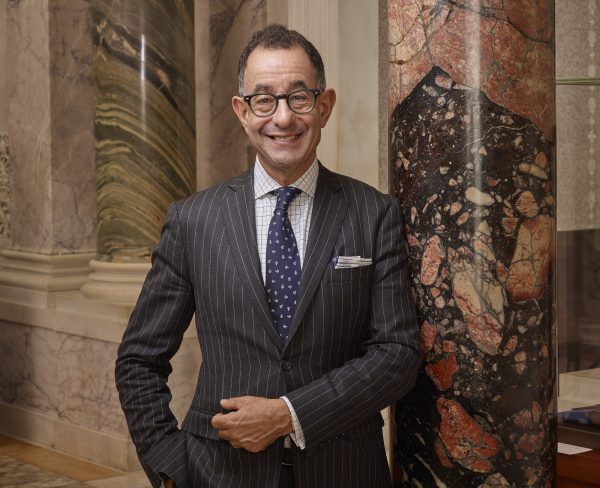 The Morgan’s Director, Colin B. Bailey, said, “The Morgan is delighted to present twenty-five exquisite drawings by the Bibiena family from the collection of Jules Fisher. This most generous gift promised by Jules to the museum represents outstanding examples from this dynasty of theater designers. With an award-winning career in lighting design spanning over 60 years, Jules’s long-standing fascination with the Bibienas finds perfect expression in this remarkable survey, Architecture, Theater, and Fantasy: Bibiena Drawings from the Jules Fisher Collection”
The Morgan’s Director, Colin B. Bailey, said, “The Morgan is delighted to present twenty-five exquisite drawings by the Bibiena family from the collection of Jules Fisher. This most generous gift promised by Jules to the museum represents outstanding examples from this dynasty of theater designers. With an award-winning career in lighting design spanning over 60 years, Jules’s long-standing fascination with the Bibienas finds perfect expression in this remarkable survey, Architecture, Theater, and Fantasy: Bibiena Drawings from the Jules Fisher Collection”
CATALOGUE

A catalogue edited by John Marciari, the Charles W. Engelhard Curator and Head of the Drawings and Prints Department at the Morgan, and Laurel Peterson, formerly the Moore Curatorial Fellow at the Morgan, and containing essays by Diane Kelder, professor emerita at the Graduate Center of the City University of New York, and Arnold Aronson, professor emeritus of theater at Columbia University, accompanies the exhibition. An array of engaging public programs will also accompany the exhibition.
96 pages
8 1/4 x 8 1/4 inches
$25.00